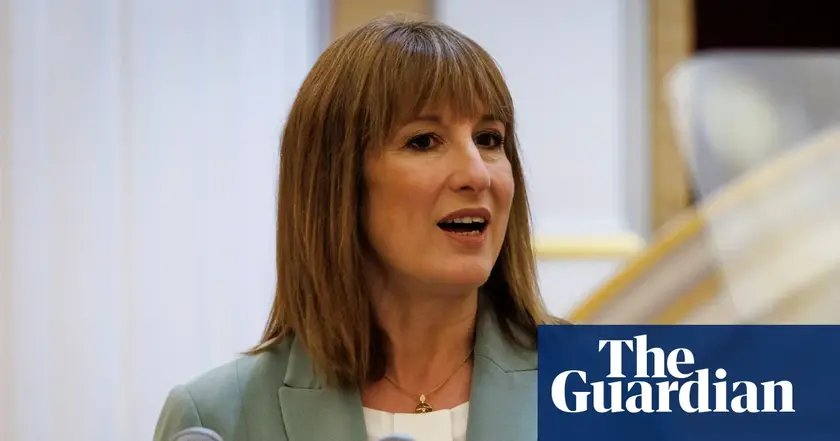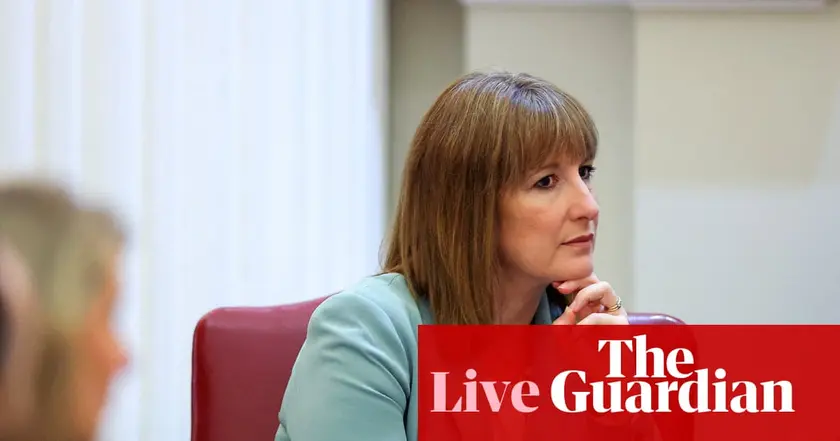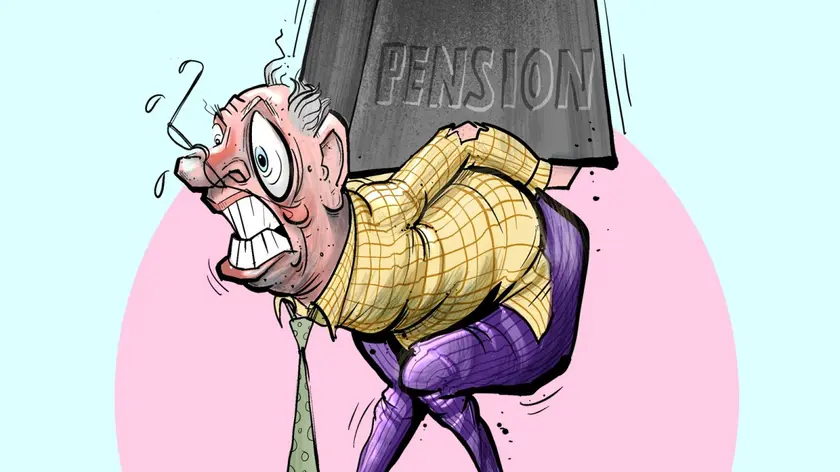T4K3.news
UK public sector pensions face mounting costs
Public sector pension costs rise as debt climbs, prompting debate over reforms.

The UK faces rising costs from public sector pensions and a heavy debt load, prompting questions about how to fund promises without chipping away at growth.
Fixing the retirement crisis means tackling public sector pensions
The lights on the pensions dashboard are flashing red for the public sector, signaling a growing burden. The state pension costs about 135 billion pounds a year and is likely to rise further as the population ages and the triple lock guarantees higher payments. Official public debt sits around 100 percent of GDP, while the tax burden is at a 60 year high and growth remains sluggish. In this climate, there is no simple fix to fund the pensions system without wider economic trade offs.
Officials say they are weighing options, but critics warn that delays or ad hoc tweaks will simply push the problem into the future. The government has not put forward a clear, credible plan, and that lack of direction feeds uncertainty about how pensions will be funded in the decades ahead.
Key Takeaways
"The state pension costs about £135 billion a year and is set to rise."
Key data point cited in the article.
"This is a crisis of affordability, not a crisis of generosity."
Authorial assessment about the nature of the problem.
"Reforming public sector pensions will require a hard look at the triple lock."
Policy component mentioned as part of reform considerations.
The core tension is the balance between keeping public sector workers’ promises and keeping the books in check for taxpayers. Any reform will require hard choices about when and how retirement is earned, and who pays. Generational fairness will be central, from teachers and nurses to civil servants, because reforms that favor one group can spark backlash from another. Beyond policy details, the crisis tests trust in government and the seriousness of reform.
The best path may involve a mix of longer working lives, reforming accrual rules, and expanding private or workplace pensions, but such steps demand a credible timetable and political courage. Relying on more saving alone is not enough without a clear funding plan, and the public will judge reform by its honesty, not its rhetoric.
Highlights
- The pension bill is the real test of political will
- Budget pressures bite where voters feel the impact first
- Pensions reform is a long game not a headline
- Saving more at work is not a substitute for reform
Budget and political sensitivity around pensions reform
The piece discusses rising costs, high debt, and potential reforms to public sector pensions, all of which carry budgetary and political risk including public backlash and investor sentiment.
The next policy step will reveal how a country balances promises with prudence.
Enjoyed this? Let your friends know!
Related News

UK borrowing rises unexpectedly putting pressure on Chancellor

UK borrowing exceeds £20bn in June

UK economy grows as PMI rises WH Smith slides on accounting error

IMF advises UK to reconsider pension and NHS treatment policies

Chancellor plans major pension reforms

Reeves eyes broad tax hikes in Autumn Budget

Pension costs threaten job security at post-1992 universities

UK gilt yields climb
